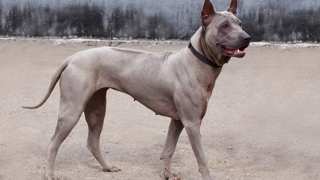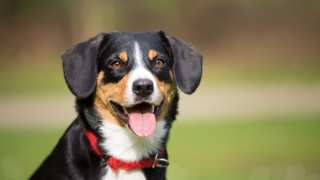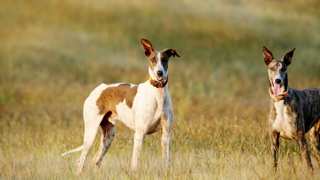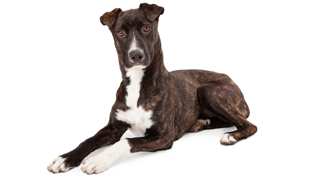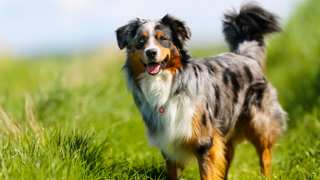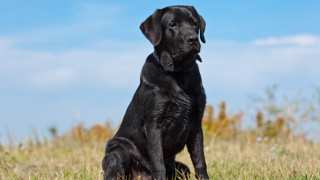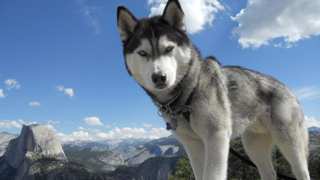The typical adult Dalmatian should be happy with 3.5-4 cups of food per day; young puppies should get less than half that. You can increase the puppy's daily food intake as it grows, until you're feeding the Dal full adult portions by about a year of age.
One important restriction for the Dalmatian diet is that the breed lacks the enzyme responsible for digesting purine, a dense protein found in high concentration in certain meats; this condition causes abnormally high levels of uric acid in a Dal's blood, which can lead to kidney stones. For this reason, breed enthusiasts recommend food that's higher in plant-based proteins instead of animal-based ones. The best Dalmatian dog food, therefore, is dry kibble, as it normally contains fewer purines; feeding dry food like Royal Canin to a Dalmatian, rather than the canned or raw kind, is your best bet.
Dog AgeDog WeightFood TypeAmountFrequency10 Weeks12 lbsDry0.3 cups3x/day3 Months15 lbsDry0.5 cups3x/day6 Months30 lbsDry1 cup2x/day9 Months40 lbsDry1.5 cups2x/day12 Months50 lbsDry1.75 cups2x/dayAs an active breed, Dalmatians don't have as much of a problem with obesity as do many other breeds; fat dalmatians aren't too common a sight. Still, Dalmatians that are not exercised properly--particularly older Dals--can pack on the pounds. This is a slim breed in general, remember, so if you can't easily feel a Dal's ribs when you run your hand along its side, it's time for a diet. One way to avoid this from happening is to not "free feed" the dog--in other words, don't leave uneaten food in a Dal's bowl, which would allow the dog to eat whenever it wants. Rather, leave the bowl on the floor for 20 minutes or so (or until the dog initially finishes eating and walks away from the bowl).
If you find that your Dalmatian is getting fat, the same logic applies to dogs as to humans: eat less, move more. Cut your Dal's daily food intake to 3 cups instead of 3.5; you can also add an extra session to your Dal's daily exercise schedule.

